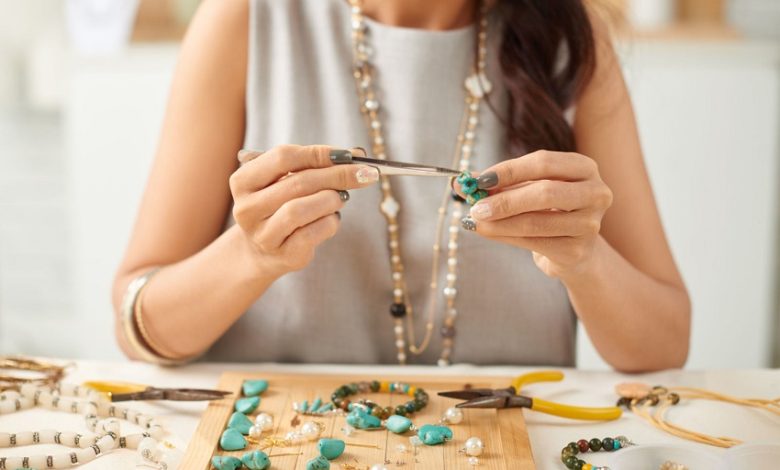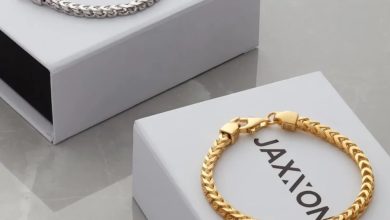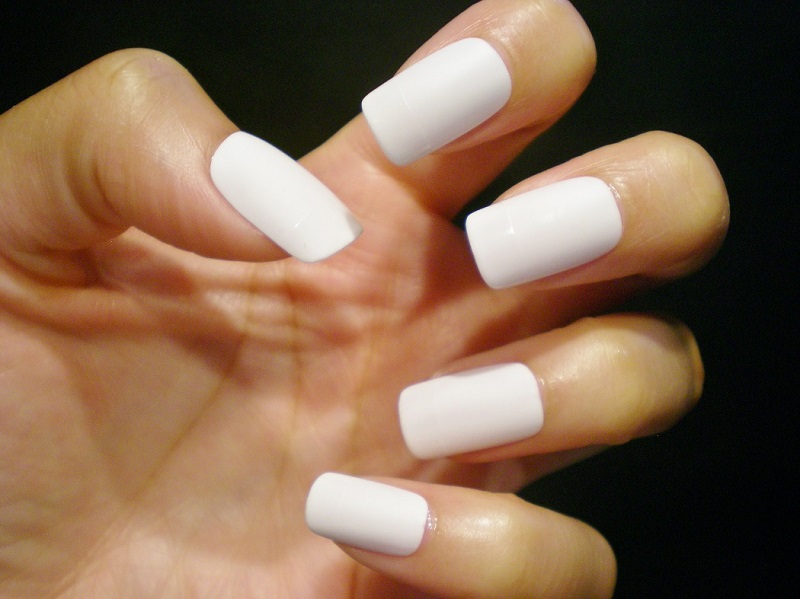
Jewellery creation has come a long way from the days of handcrafted moulds to the elevated domain of machine fabrication. And where is it going, and what does precious metal hold in store for the future?
Suggesting that technology supports all of a goldsmith’s activities isn’t an exaggeration at the cusp of the next industrial revolution. Once upon a time, accomplishing something required a lot of time and effort. Meanwhile, jewellery manufacturing can be viewed as micro-engineering because of the precise metalwork required to create jewellery. Aside from the precious metals, jewellery can be made of pewter or steel, but it is most commonly made of metals such as silver and gold.
Various procedures can subsequently be used for these metal pieces, such as joining them together to produce a chain or adorning them with gemstones, enamelling or polishing them. Also, in more recent years, 3-dimensional technologies such as laser-sintering and digital such as beams have begun to play a role in the jewellery market, which is expected to grow as these techniques become more available and affordable.
Changing times and increased needs necessitated new ideas. Changes in consumer demand necessitated recent technological advancements to keep up with those changes. As such, manufacturing jewellery always has been a challenge. Meanwhile, standard manufacturing processes have always constrained lightweight jewellery. Intricacy and precision necessitated a thicker casting than was required, which was then manually ground down to the requisite thickness. Besides wasting material, the technique also increased the turn-around time and cost of production.
3D Printing Phase
A new phase of jewellery manufacture was ushered in by the arrival of 3D printing. What used to take so much time is now accomplished in a couple of hours. 3D models may now be created in a computerised environment with CAD (Computer Aided Designing), a technology often regarded as the pinnacle of the jewellery manufacturing process. CAD analysis of the design is followed by “printing” of the invention, which is then cast in metal.
With the advances in 3D printing and metal casting technology, the process of generating patterns on molten metal may now be directly produced in the desired material! Using the DMLS (Direct Metal Sintering) technique, jewellery designers will get closer to their digital designs and finished products.
Technology makes it sensible to reduce the time, labour, and demand for fundamental hardcore technical skills necessary for the manufacturing process of jewellery by eliminating the need for tree building and furnace blasting.
Unique one-off drawings and stunning geometries cannot be generated by other processes thanks to this innovative technology. And as it provides a near-net-shape production technique, it is sure to find high corporate demand, especially in the up and semi sectors. Moreover, there will be less waste than traditional processes like casting and stamping, even though it appears to be costly. The powders on the build plate not directly used for the sintering process can be reused.
In contrast to traditional manufacturing techniques, where the complexity of the design mainly determines the cost of a product, 3DP made jewellery is not more expensive than basic designs. The price of a three-dimensional effect is solely determined by the product’s size and the amount of material it requires.
Designing
Designing requires a series of decisions and blends the most significant components of the “innovation” process, creativity and production, into one. Additionally, 3D printing has opened the door to a modern paradigm of shapes and forms that were previously impossible to construct using traditional methods. And this benefits all design phase scenarios.





